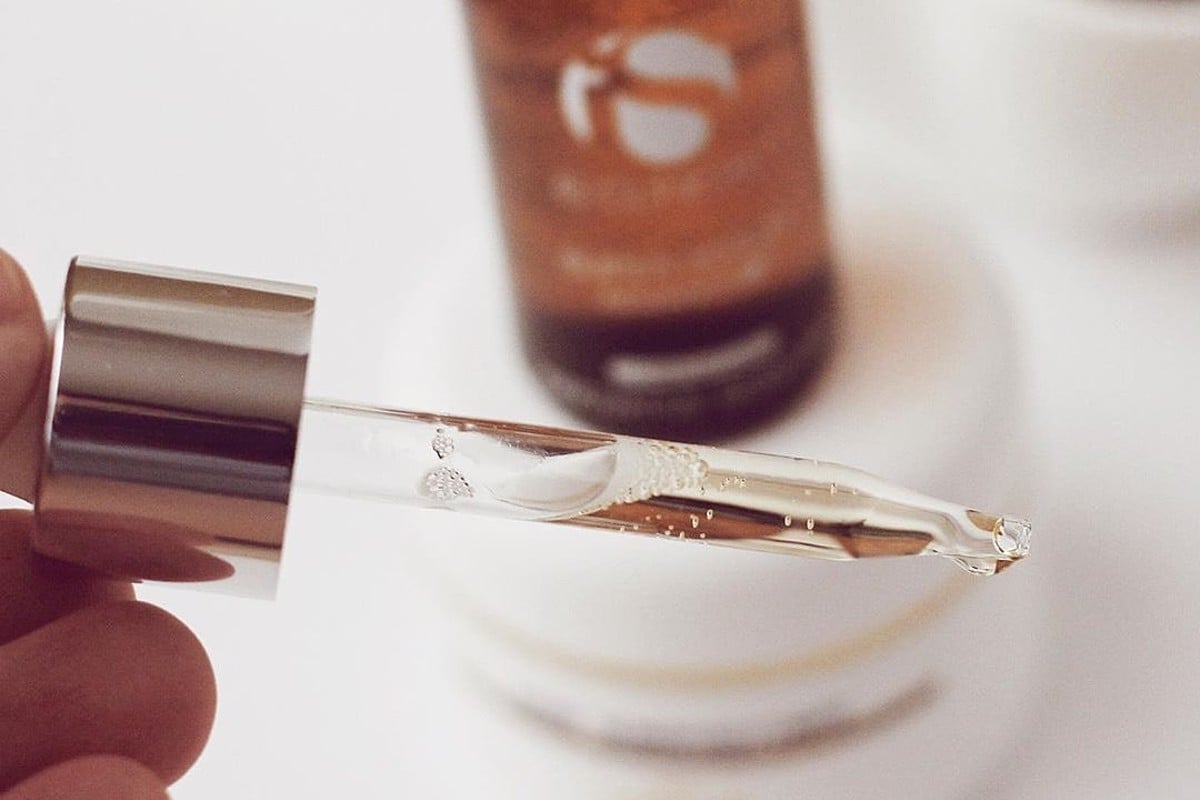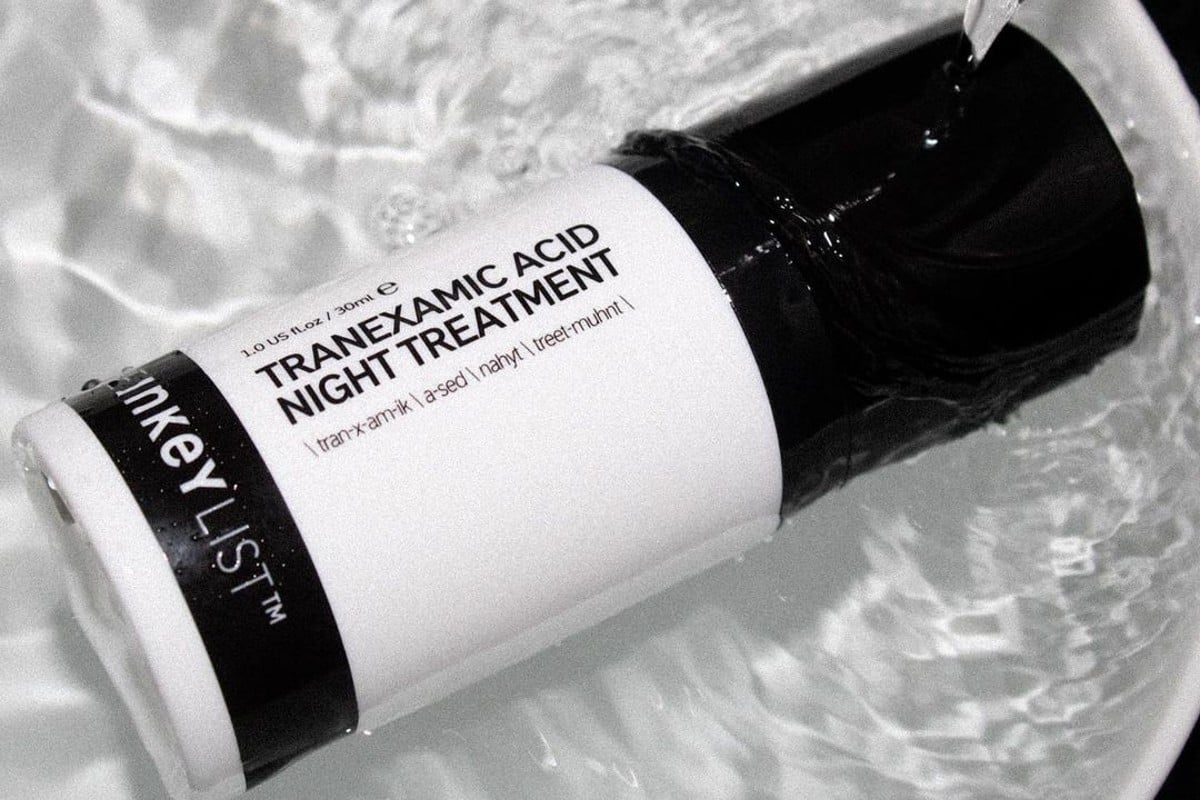Having a perfectly even tone is the dream for most of us. But since countless factors play a role in the state of our skin tone and can trigger hyperpigmentation, achieving it can be a tough task.
For the uninitiated, hyperpigmentation is an umbrella term that describes patches darker than the rest of the skin, which can appear as brown, black, red, or pink spots. Skin hyperpigmentation occurs when melanin (the pigment that gives skin color) is produced in excess on some areas of the skin due to various causes, like sun damage.[1] Luckily, mild forms of hyperpigmentation usually respond well to natural home remedies.
Apple Cider Vinegar
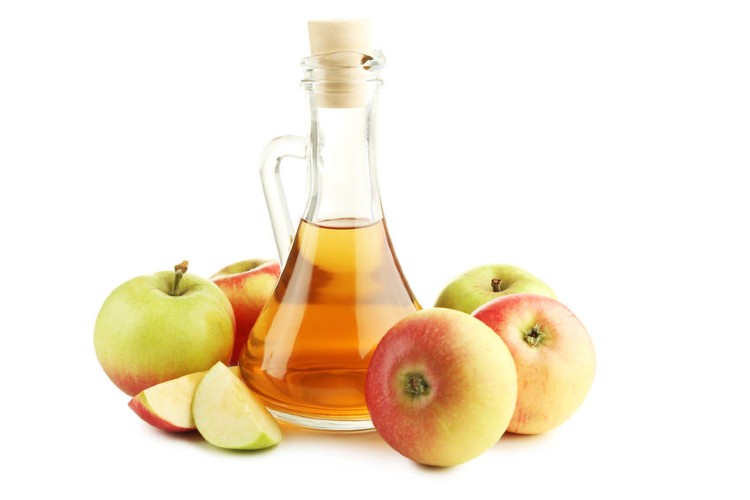
Due to its high content of acetic acid and malic acid (natural alpha-hydroxy acid), apple cider vinegar is considered an effective treatment for hyperpigmentation.[2][3] These acids act as chemical exfoliators to remove darkened and pigmented cells so that fresher and brighter ones take their place. Here’s how you can benefit from this remedy:
- Step 1: Mix equal parts of apple cider vinegar and water in a bowl
- Step 2: Apply the mix to your dark patches
- Step 3: Leave it on for three minutes
- Step 4: Rinse with lukewarm water
- Step 5: Repeat every other day if the skin tolerates
Yogurt or Milk
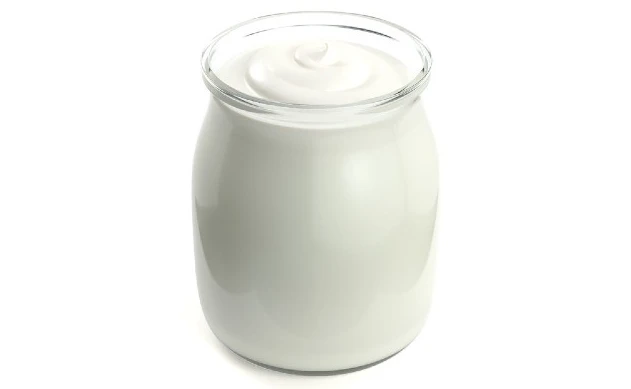
Yogurt has been shown to lighten skin discoloration and is often used in folk medicine as a remedy for hyperpigmentation. The secret? Yogurt contains about 0.9% lactic acid.[4] Lactic acid is a gentle exfoliator, which means it gets rid of the darker skin cells, leaving your skin more even and bright.
To do this home remedy:
- Step 1: Soak a cotton ball in yogurt
- Step 2: Rub it over the skin twice a day
- Step 3: You can use it as a cleanser every day
Green Tea
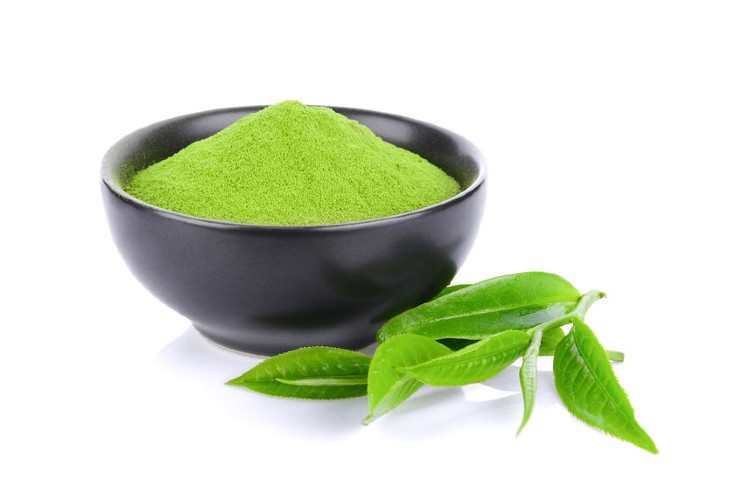
Green tea has strong brightening and depigmenting effects when applied to the skin. The polyphenols and catechins in green tea, mostly EGCG, are the ones responsible for this effect. They’re potent antioxidants that reduce sun damage and block the processes that lead to hyperpigmentation.[5] Green tea is also a potent inhibitor of tyrosinase, the enzyme responsible for producing pigment that often causes an excess of melanin in the skin. Better still, green tea has shown clinical efficacy in treating melasma and was confirmed to clear lesions in 60% of cases.[6][7]
Using green tea is fairly easy:
- Step 1: Steep a green tea bag in boiled water for three to five minutes
- Step 2: Remove the tea bag from the water
- Step 3: Rub the tea bag over your dark patches
- Step 4: Repeat every day until you achieve the desired results
Or you can do a homemade face mask with green tea:
- Step 1: Cut open a green tea bag and add the content to a bowl
- Step 2: Mix with one teaspoon of honey to get a homogenous paste
- Step 3: Apply the mask over your face and leave for 15 minutes
- Step 4: Rinse with lukewarm water
- Step 5: Repeat twice weekly
Red Onion
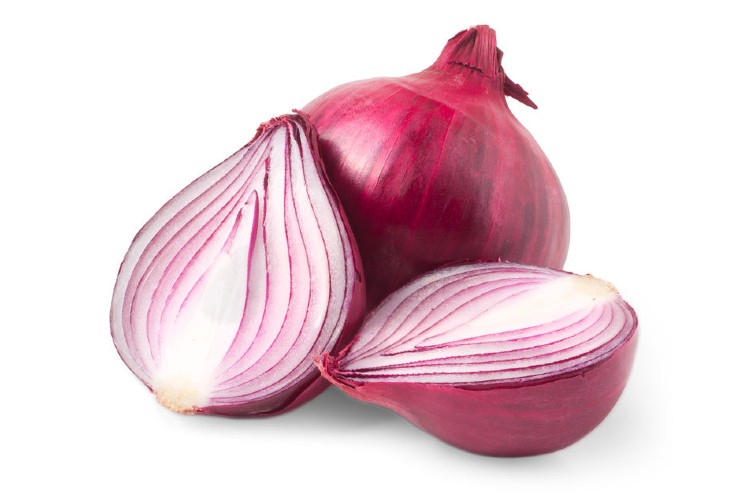
Red onions can be a helpful home remedy for hyperpigmentation because their isolates block the cell actions that lead to excess pigmentation. Research shows that the dried skin of red onions can effectively lighten dark patches and promote an even-looking appearance.[8]
To use red onion as a remedy for hyperpigmentation:
- Step 1: Cut a red onion
- Step 2: Rub a slice on dark patches of your skin
- Step 3: Rinse after 10 minutes
Aloe Vera
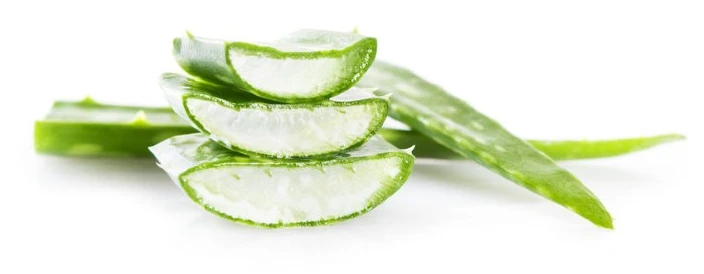
Applying aloe vera gel directly to dark spots is a gentle way to reduce hyperpigmentation. According to a 2012 study, aloe vera contains aloin, a natural depigmenting compound that lightens skin and works effectively as a nontoxic hyperpigmentation treatment.[9] Moreover, another compound in aloe vera — aloesin — has been shown to inhibit tyrosinase activity and act as a depigmenting agent.[10] To use aloe vera:
- Step 1: Take the gel from an aloe vera with a spoon
- Step 2: Apply the gel to pigmented areas one hour before bedtime
- Step 3: Rinse with warm water the next morning
Licorice Extract
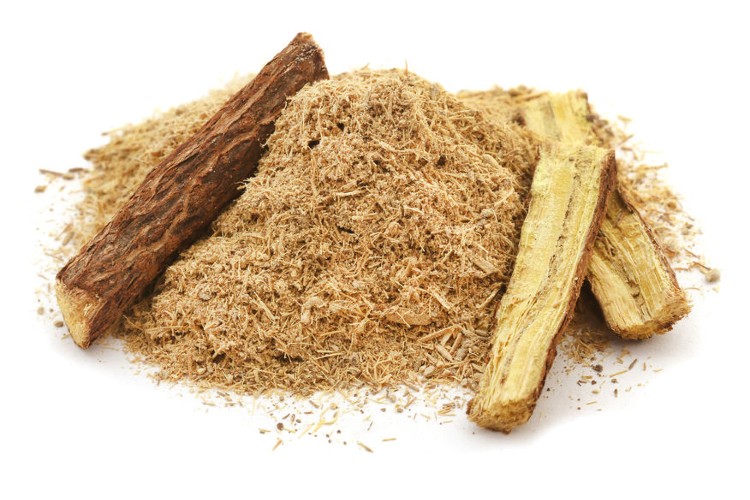
A review in the Journal of Cutaneous and Aesthetic Surgery shows that licorice extract may help reduce hyperpigmentation thanks to its content of glabridin.[5] This ingredient has been shown to inhibit UVB-induced pigmentation and reduce the activity of tyrosinase. It also has anti-inflammatory properties. More than that, studies suggest that glabridin has a skin-lightening effect 16 times greater than hydroquinone (depigmenting agent) and may reduce sun-induced hyperpigmentation.[11]
Here is how to use this remedy to treat hyperpigmentation:
- Step 1: Get a teaspoon of organic licorice root extract
- Step 2: Mix with water or aloe vera gel until you get a smooth paste
- Step 3: Apply on dark patches areas
- Step 4: Leave it action 20 minutes, then rinse with lukewarm water
Tomatoes
Tomatoes are rich in vitamin C, a potent melanin inhibitor.[12] They also contain a compound called lycopene that can repair photodamaged cells.[13]
- Step 1: Mix the pulp of one tomato with clay until you get a paste
- Step 2: Add a teaspoon of sandalwood (or turmeric) powder to the mix
- Step 3: Apply over the face like a mask
- Step 4: Leave to act for 20 minutes before rinsing with lukewarm water
What causes hyperpigmentation
There are several different causes of hyperpigmentation, such as:
- Sun damage
- Injuries like acne, burns, cuts, scratches, and chemical exposure
- Melasma (triggered by changes in hormone levels)
- Addison’s disease (endocrine disease)
- Diabetes
- Certain medications like chemotherapy drugs
How to prevent hyperpigmentation
To prevent hyperpigmentation, start with sun protection. Using a broad-spectrum sunscreen with an SPF of at least 30 every day is key. It’s also wise to minimize sun exposure during peak hours, typically from 10 AM to 4 PM, to reduce the risk of sun damage, a major cause of skin discoloration. Lastly, add antioxidant-rich skincare products into your daily routine to further protect your skin from UV damage.
Addressing post-acne marks, another common hyperpigmentation culprit, involves proactive acne management. Tackling pimples early can prevent them from leaving lasting marks on your skin tone.
When should you see a doctor?
If hyperpigmentation does not respond to home remedies, you may have to see a doctor for a full diagnosis and treatment.
Treatments for hyperpigmentation can include chemical peels, retinoids, microdermabrasion, or laser resurfacing. These treatments help resurface the top layer of the skin and replace the damaged and pigmented cells to reduce hyperpigmentation.
Summary
Hyperpigmentation is not a medical concern but rather an aesthetic issue. And since sun damage is the number one culprit for causing skin discoloration, you should apply sunscreen every day and avoid direct sunlight. Managing your acne, using antioxidants, and exfoliating regularly also reduce the chances of dark spots. Finally, you can appeal to home remedies to keep your skin even and bright. The most popular home remedies for hyperpigmentation include apple cider vinegar, aloe vera, yogurt, and green tea. If none of these treatments have effects on your skin, you should consider seeing a dermatologist so that she or he can prescribe a tailored treatment for your type of hyperpigmentation.
Footnotes
Women’s Concepts uses reliable sources, including dermatologists’ insights, clinical trials, and scientific journals, to find accurate information and support all the facts shared in our articles. All statements and claims have clear and legit references. Read our editorial policy to learn more about our sources of information, our process of researching and fact-checking the content, and how our team strives to keep all articles updated, completed, and trustworthy.
- Jean-Paul Ortonne, Donald L. Bissett, Latest Insights into Skin Hyperpigmentation, Journal of Investigative Dermatology Symposium Proceedings, Volume 13, Issue 1, 2008.
- Kapuścińska A, Nowak I. Zastosowanie kwasów organicznych w terapii trądziku i przebarwień skóry [Use of organic acids in acne and skin discolorations therapy]. Postepy Hig Med Dosw (Online).
- Tang, S.-C.; Yang, J.-H. Dual Effects of Alpha-Hydroxy Acids on the Skin. Molecules 2018, 23.
- Garrote GL, Abraham AG, Rumbo M. Is lactate an undervalued functional component of fermented food products? Front Microbiol.
- Sarkar R, Arora P, Garg KV. Cosmeceuticals for Hyperpigmentation: What is Available? J Cutan Aesthet Surg. 2013 Jan.
- No JK, Soung DY, Kim YJ, Shim KH, Jun YS, Rhee SH, Yokozawa T, Chung HY. Inhibition of tyrosinase by green tea components.
- The Journal of American Academy of Dermatology, Pigmentary Disorders and Vitiligo, Management of melasma with 2% analogue of green tea extract in a hydrophilic cream: A placebo-controlled, double-blind study, Volume 60, Issue 3, Supplement 1.
- Enos Tangke Arung, Irawan Wijaya Kusuma, Kuniyoshi Shimizu & Ryuichiro Kondo (2011) Tyrosinase inhibitory effect of quercetin 4′-O-β-D-glucopyranoside from dried skin of red onion (Allium cepa), Natural Product Research.
- Sharique A. Ali, Jyoti M. Galgut, Ram K. Choudhary, Georg Thieme Verlag KG Stuttgart · New York, On The Novel Action of Melanolysis by a Leaf Extract of Aloe vera and Its Active Ingredient Aloin, Potent Skin Depigmenting Agents, Biological and Pharmacological Activity, Planta Med 2012.
- Hollinger JC, Angra K, Halder RM. Are Natural Ingredients Effective in the Management of Hyperpigmentation? A Systematic Review. J Clin Aesthet Dermatol. 2018 Feb.
- Yokota T, Nishio H, Kubota Y, Mizoguchi M. The inhibitory effect of glabridin from licorice extracts on melanogenesis and inflammation. Pigment Cell Res. 1998 Dec.
- Beecher GR. Nutrient content of tomatoes and tomato products. Proc Soc Exp Biol Med. 1998 Jun.
- British Journal of Dermatology, M. Rizwan, I. Rodriguez-Blanco, A. Harbottle, M.A. Birch-Machin, R.E.B. Watson, L.E. Rhodes, Tomato paste rich in lycopene protects against cutaneous photodamage in humans in vivo: a randomized controlled trial, 21 September 2010
- Boo YC. Human Skin Lightening Efficacy of Resveratrol and Its Analogs: From in Vitro Studies to Cosmetic Applications. Antioxidants (Basel). 2019 Aug 22.




